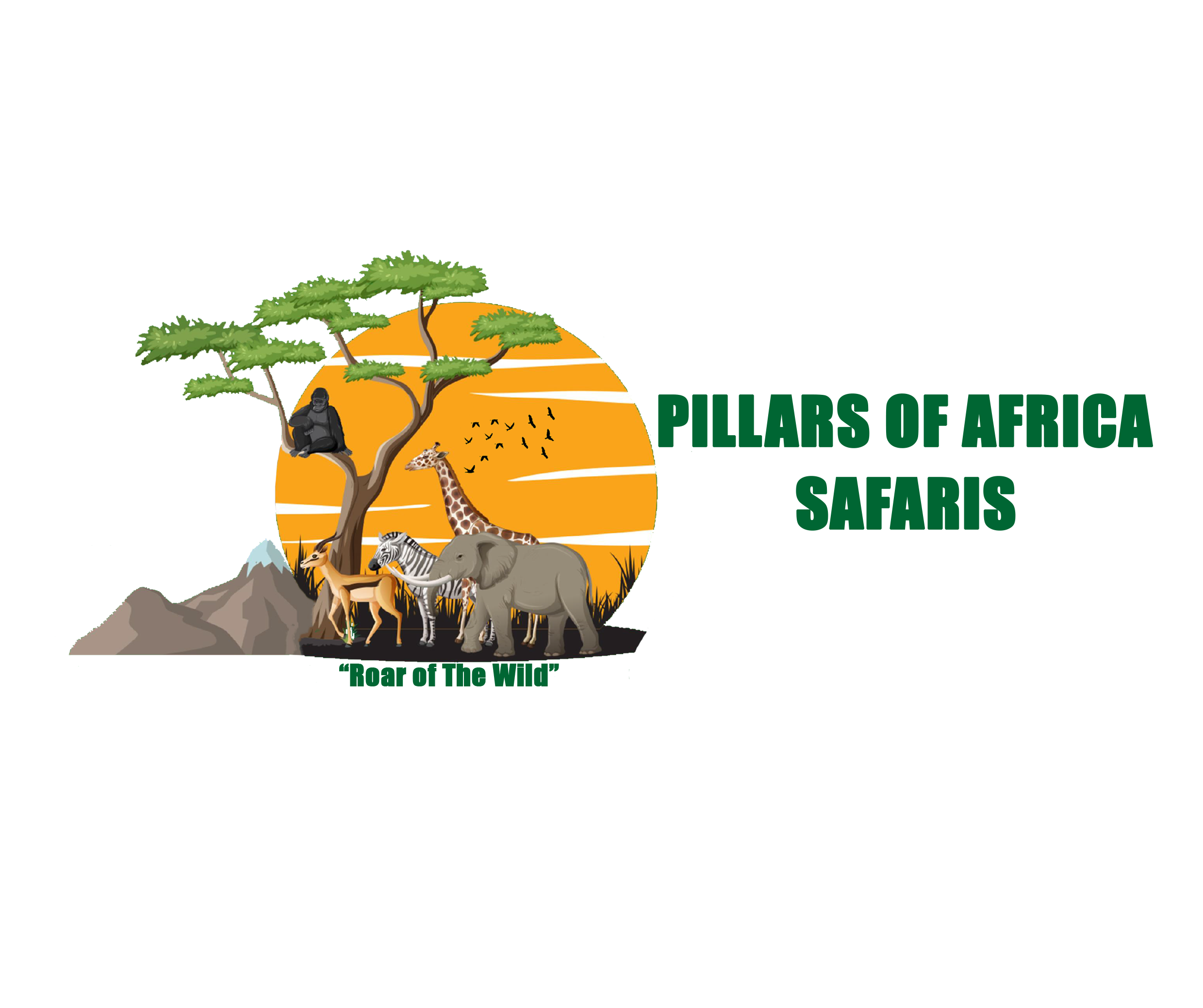The Maramagambo Forest, located in the south-western part of Uganda, is one of the largest and most scenic forests in the country. It forms part of Queen Elizabeth National Park and is known for its rich biodiversity, unique geological features, and historical significance. This forest offers a serene and captivating destination for nature lovers, bird watchers, and adventure enthusiasts.
Location and Accessibility
Geographical Location
Maramagambo Forest lies within Queen Elizabeth National Park, between Lake Edward and the foothills of the Rwenzori Mountains. It covers an area of approximately 300 square kilometres, providing a vast and diverse habitat for various species of flora and fauna.
How to Get There
- By Road: The forest is accessible by road from major towns such as Kampala (about 410 km away), Fort Portal (about 100 km away), and Kasese (about 50 km away).
- By Air: There are charter flights available from Entebbe International Airport to airstrips near Queen Elizabeth National Park, followed by a short drive to the forest.
Key Features and Attractions
Biodiversity
Maramagambo Forest is a biodiversity hotspot, home to a wide variety of plant and animal species.
Flora
- Forest Types: The forest features a mix of tropical and semi-deciduous forest types, with dense undergrowth and tall canopy trees.
- Plant Species: Numerous plant species, including medicinal plants, shrubs, and rare tree species, can be found within the forest.
Fauna
- Primates: The forest is home to several primate species, including chimpanzees, vervet monkeys, and black-and-white colobus monkeys.
- Birds: Maramagambo Forest is a paradise for bird watchers, with over 200 bird species recorded, including the Rwenzori turaco, African emerald cuckoo, and forest flycatcher.
- Other Wildlife: Other wildlife in the forest includes bushbucks, duikers, and various reptile species.
Bat Cave and Python Cave
One of the most intriguing features of Maramagambo Forest is the Bat Cave, which houses thousands of bats. This cave is also home to a population of pythons that feed on the bats, creating a unique and fascinating ecosystem.
Safety Measures
Visitors to the Bat Cave are advised to follow safety guidelines, as the presence of bats can pose health risks, such as the transmission of diseases like histoplasmosis. Guided tours are recommended to ensure safety and enhance the experience.
Crater Lakes
Maramagambo Forest is dotted with several crater lakes, each offering its own unique beauty and charm.
- Lake Kyasanduka: One of the most picturesque crater lakes, surrounded by lush vegetation and offering stunning views.
- Lake Nyamasingiri: Another beautiful crater lake, known for its serene atmosphere and birdlife.
Historical and Cultural Significance
Maramagambo Forest has historical and cultural importance, with various local legends and stories associated with it. The forest is believed to have been a refuge for ancient communities during times of conflict.
Activities
Nature Walks and Hiking
Maramagambo Forest offers excellent opportunities for nature walks and hiking.
- Guided Walks: Guided walks through the forest allow visitors to explore its diverse ecosystems and learn about the various plant and animal species.
- Trails: There are several well-maintained trails, ranging from easy walks to more challenging hikes, suitable for different fitness levels.
Bird Watching
Bird watching is one of the most popular activities in Maramagambo Forest, thanks to its rich avian diversity.
- Bird Watching Tours: Professional bird watching tours are available, led by experienced guides who can help identify the various species.
- Best Time to Visit: The best time for bird watching is during the early morning or late afternoon when birds are most active.
Primate Tracking
Tracking primates, especially chimpanzees, is a thrilling activity in Maramagambo Forest.
- Chimpanzee Tracking: Although sightings are not guaranteed, the forest offers a chance to see chimpanzees in their natural habitat.
- Other Primates: The forest is also home to other primates, making for an exciting tracking experience.
Exploring the Crater Lakes
The crater lakes within Maramagambo Forest provide a serene and picturesque setting for exploration.
- Boat Rides: Some crater lakes offer boat rides, providing a unique perspective of the forest and its wildlife.
- Picnicking: The scenic surroundings of the crater lakes make them ideal spots for picnics and relaxation.
Conservation Efforts
Maramagambo Forest is part of Queen Elizabeth National Park, which is managed by the Uganda Wildlife Authority (UWA). Various conservation efforts are in place to protect the forest’s biodiversity and promote sustainable tourism.
Challenges
- Deforestation: Illegal logging and agricultural encroachment pose significant threats to the forest.
- Wildlife Conservation: Ensuring the protection of endangered species and their habitats is a continuous challenge.
Initiatives
- Community Involvement: Local communities are involved in conservation efforts, promoting sustainable practices and benefiting from eco-tourism.
- Research and Monitoring: Ongoing research and monitoring help to understand the forest’s ecosystems and inform conservation strategies.
Best Time to Visit
The best time to visit Maramagambo Forest is during the dry seasons, from December to February and June to September. During these periods, the weather is favourable for outdoor activities, and wildlife viewing is more rewarding.
Maramagambo Forest is a hidden gem in Uganda, offering a unique blend of biodiversity, natural beauty, and adventure. From exploring bat caves and crater lakes to tracking primates and bird watching, the forest provides an array of activities for nature enthusiasts and adventure seekers. Proper planning, respect for the environment, and adherence to safety guidelines will ensure a memorable and enriching experience in this enchanting forest.


